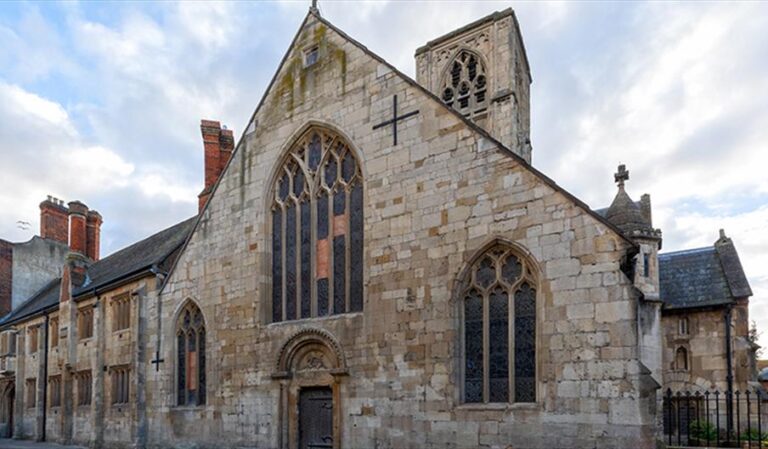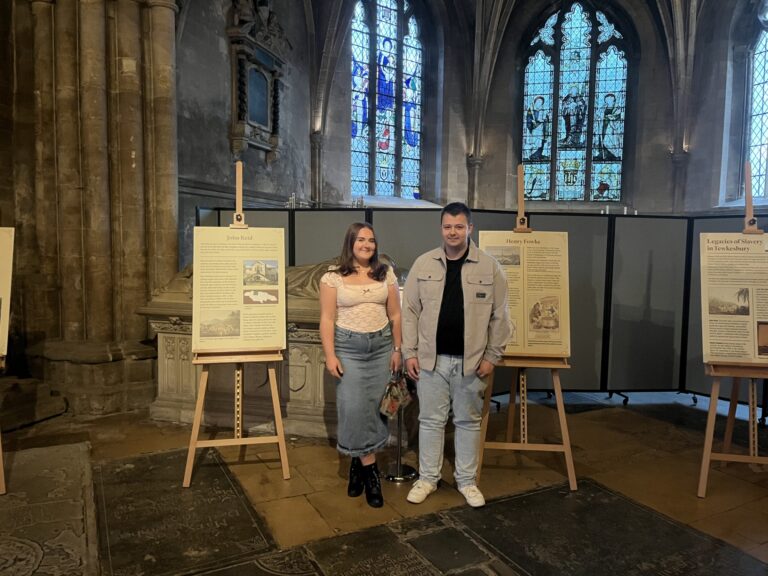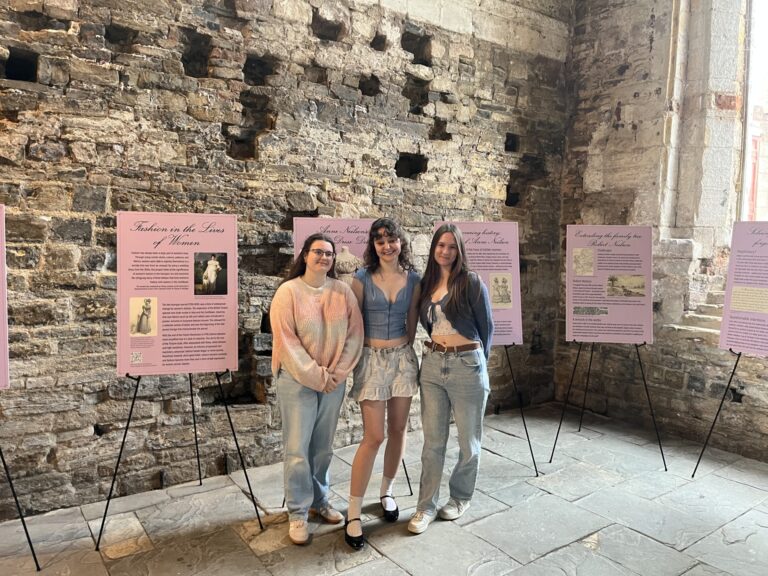| CC4HH
100 Years of GCHQ
This project was conducted by Ethan Cross, Liz Cutter, Dan Moore, Richard Grace, Charlotte Andrews and Marcie Jones.
Jump to: Timeline | Geoffrey Prime: Soviet Mole | Trade Unions | 21st Century Surveillance
Timeline
1919 – UK combines army and navy code-breaking departments to form the Government Code and Cypher School (GC&CS), the branch of British Signals intelligence that later becomes the Government Communication Headquarters (GCHQ)
1939-45 – Uncertainty surrounding WWII triggers move to Bletchley Park GC&CS becomes the centre of wartime code-breaking, decrypting messages from Germany, Italy and Japan.
1946 – March- UKUSA Agreement creates the Five Eyes partnership (UK, USA, Canada, New Zealand & Australia)
June – GC&CS renamed GCHQ
1951-54 – GCHQ moves to Cheltenham
1969 – Communications-Electronic Security Department merges with GCHQ to create Communications-Electronic Security Group. GCHQ assumes leading intelligence role.
1973 – GCHQ develop public key cryptography
1976 – Article in Time Out by Duncan Campbell and Mark Hosenball reveals the existence of GCHQ, undermining its low-profile.
1982-83 – GCHQ receives unprecedented media attention when mole Geoffrey Prime is charged with spying and indecent assault.
1984 – Thatcher bans intelligence staff from joining trade unions; ban lifted in 1997.
1987 – Duncan Campbell’s article in New Statesman outlines the potential technical capabilities of GCHQ.
1994 – Intelligence Services Act increases the legal authority of GCHQ.
2001 – 9/11 attacks increase counter-terrorism measures within the Five Eyes partnership.
2013 – Edward Snowden leaks the extent of GCHQ’s intelligence capacity, revealing documents about the Tempora programme. GCHQ has neither confirmed nor denied the authenticity of the documents.
2016 – Creation of the National Cyber Security Centre (NCSC).
2019 – GCHQ centenary: as technology develops, GCHQ continues to jeopardise UK security act to disrupt communications that could.
Exploring three times GCHQ made the Headlines
1 – Geoffrey Prime: SOviet Mole
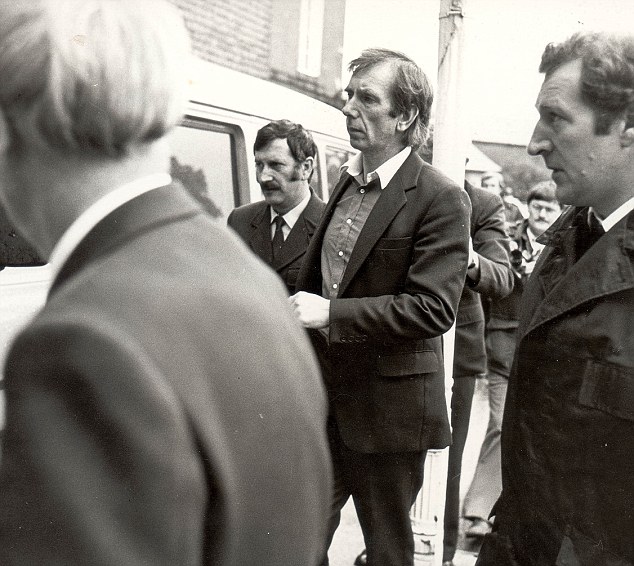
A double life
- Geoffrey Prime was stationed at GCHQ from 1968 until his arrest in 1978.
- He lived in Cheltenham with his wife, but began working for the Soviet Union while in the RAF in the 1960s.
- He was the first person working with SIGINT (signals intelligence) to be sentenced for espionage. As a taxi driver, he was further convicted of sexually assaulting young girl, and was sentenced to 38 years in prison.
- GCHQ was entirely secretive until this exposure. Publications omitted all evidence of its existence. This case forced the state to admit GCHQ was operational.
- Prime was released in the 2000s and now lives under a new identity.
A cold war
- The Prime case was shaped by geopolitics.
- The Security Commission did not believe there were any other Soviet actors in GCHQ acting as accomplices to Prime.
- The importance of clandestine intelligence led to security measures being ramped up at the Benhall and Oakley sites.
- This included considering the use of polygraph tests. These were strongly opposed by statisticians because of their 97% accuracy rate, but favoured by Margaret Thatcher.
- A strict search regime was introduced. The inquiry suggested that such measures would have made Geoffrey Prime more circumspect in the transporting of documents to and fro.
Further mystery
- Following Prime’s conviction a number of mysterious deaths were reported in Cheltenham.
- Head of the Home Civil Service Robert Armstrong insisted that the reported suicides of Jack Wolfenden and Ernest Brockway in 1982 were not connected to Prime.
- GCHQ’s reputation was undermined by the routine denial of any security implications in these cases by the Foreign Office, particularly as they were held in tandem with the Prime inquiry.
- The deaths of Stephen Drinkwater, George Franks and Stephen Dake by suicide or in suspicious circumstances added to press interest in GCHQ.
2 – Trade Unions
STave vs. Workers
1984: the Thatcher government banned industrial action at GCHQ, sparking years of dispute.
- Geoffrey Howe argued that the sensitivity of GCHQ’s work meant that there were serious ramifications for any loss of work hours.
- Thatcher argued that there was an ‘inherent conflict between the structure of the unions and loyalty to the state’.
- GCHQ’s system of ‘Whitleyism’ – a working relationship between management and union reps-broke down in the 1970s as unions became increasingly radical.
- Although Thatcher’s ‘pathological hatred of trade unions’ underpinned the legislation, it was also argued that the National Security Agency, which was selective in the intelligence it devolved to GCHQ would take GCHQ less seriously if it was on strike.
- Once Thatcher had removed wets’ from her cabinet she had enough political capital to pass the legislation.


Consequences
- The first real strike at GCHQ in 1979 shocked the government.
- The union ban sparked widespread anger amongst public service TUs; a 12-day general strike was called. Many union-affiliated employees did not accept GCHQ’s new conditions of employment preventing union membership.
- Thousands in the union movement marched through Cheltenham every January to mark the anniversary of the ban.
- The issue was resolved when the TUC and Cabinet Secretary Robert Armstrong agreed to arbitration workers were not to disrupt the work of GCHQ but were allowed to keep their union cards.
3 – 21st Century Surveillance
The C21 has seen a growing interest in the use of surveillance in the UK, including the role of GCHQ and its activities. GCHQ has an impact locally, nationally and internationally.

Snowden’s laptop, which contained information so sensitive that it had to be destroyed.
GCHQ locally
The Whistle Blower’ scandal highlighted public concerns about GCHQ’s importance and its role in upholding national security and personal safety.
- After Snowden’s story came to light, further complaints were made about GCHQ.
- A short questionnaire completed by Gloucestershire residents reveals how GCHQ is viewed by the local community:

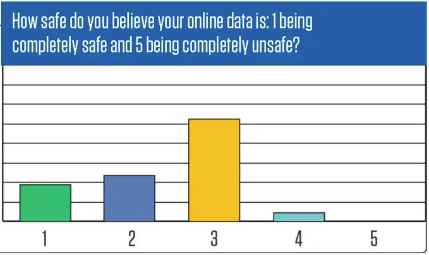
- Questionnaire responses: the most common word associated with GCHQ was ‘spy’, reflecting the idea and image of secrecy that is often associated with GCHQ.
‘With more room for human error/carelessness in the protection of our own data, we risk inadvertently jeopardising our rights to privacy’.

